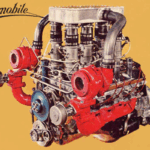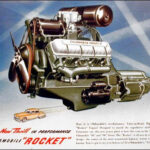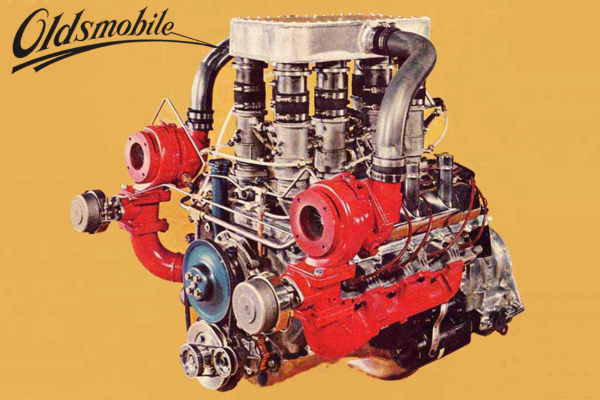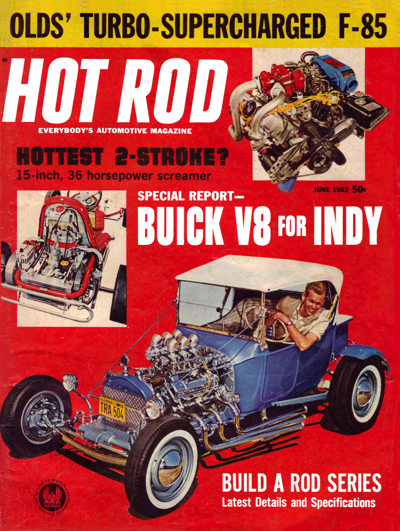Choosing the best motor oil is a topic that comes up frequently so here isMore Than You Ever Wanted to Know About Motor Oil


Gear Oil and Crankcase Oil SAE ratings mean something different when it comes to viscosity
Royal Purple has always contained ZDDP
Choosing the best motor oil is a topic that comes up frequently in discussions between motorheads, whether they are talking about motorcycles or cars. The following article is intended to help you make a choice based on more than the advertising hype.
Oil companies provide data on their oils most often referred to as “typical inspection data”. This is an average of the actual physical and a few common chemical properties of their oils. This information is available to the public through their distributors or by writing or calling the company directly. I have compiled a list of the most popular, premium oils so that a ready comparison can be made. If your favorite oil is not on the list get the data from the distributor and use what I have as a data base.
This article is going to look at six of the most important properties of a motor oil readily available to the public: viscosity, viscosity index (VI), flash point, pour point, % sulfated ash, and % zinc.
Viscosity
Viscosity is a measure of the “flowability” of an oil. More specifically, it is the property of an oil to develop and maintain a certain amount of sheering stress dependent on flow and then to offer continued resistance to flow. Thicker oils generally have a higher viscosity, and thinner oils a lower viscosity. This is the most important property for an engine. An oil with too low a viscosity can shear and loose film strength at high temperatures. An oil with too high a viscosity may not pump to the proper parts at low temperatures and the film may tear at high rpm.
The weights given on oils are arbitrary numbers assigned by the S.A.E. (Society of Automotive Engineers). These numbers correspond to “real” viscosity, as measured by several accepted techniques. These measurements are taken at specific temperatures. Oils that fall into a certain range are designated 5, 10, 20, 30, 40, 50 by the S.A.E. The W means the oil meets specifications for viscosity at various low temperatures depending on weight, and is therefore suitable for Winter use. 5W is tested at -25C, 10W at -20C, 15W at -15C, and 20W at -10C.
The following chart shows the relationship of “real” viscosity to their S.A.E. assigned numbers. The relationship of gear oils to engine oils is also shown.
Multi viscosity oils work like this: Polymers are added to a light base(5W, 10W, 20W), which prevent the oil from thinning as much as it warms up. At cold temperatures the polymers are coiled up and allow the oil to flow as their low numbers indicate. As the oil warms up the polymers begin to unwind into long chains that prevent the oil from thinning as much as it normally would. The result is that at 100 degrees C the oil has thinned only as much as the higher viscosity number indicates. Another way of looking at multi-vis oils is to think of a 20W-50 as a 20 weight oil that will not thin more than a 50 weight would when hot.
Multi viscosity oils are one of the great improvements in oils, but they should be chosen wisely. Always use a multi grade with the narrowest span of viscosity that is appropriate for the temperatures you are going to encounter. In the winter base your decision on the lowest temperature you will encounter, in the summer, the highest temperature you expect. The polymers can shear and burn forming deposits that can cause ring sticking and other problems. 10W-40 and 5W-30 require a lot of polymers(synthetics excluded) to achieve that range. This has caused problems in diesel engines, but fewer polymers are better for all engines. The wide viscosity range oils, in general, are more prone to viscosity and thermal breakdown due to the high polymer content. It is the oil that lubricates, not the additives. Oils that can do their job with the fewest additives are the best.
Very few manufacturers recommend 10W-40 any more, and some threaten to void warranties if it is used. It was not included in this article for that reason. 20W-50 is the same 30 point spread, but because it starts with a heavier base it requires less viscosity index improvers (polymers) to do the job. AMSOIL can formulate their 10W-30 and 15W-40 with no viscosity index improvers but uses some in the 10W-40 and 5W-30. Other multigrade synthetics may not use VI improvers either. The full literature available from the oil company should include this information. Follow your manufacturer’s recommendations as to which weights are appropriate for your vehicle.
Viscosity Index is an empirical number indicating the rate of change in viscosity of an oil within a given temperature range. Higher numbers indicate a low change, lower numbers indicate a relatively large change. The higher the number the better. This is one major property of an oil that keeps your bearings happy. These numbers can only be compared within a viscosity range. It is not an indication of how well the oil resists thermal breakdown.
Flash Point
Flash point is the temperature at which an oil gives off vapors that can be ignited with a flame held over the oil. The lower the flash point the greater tendency for the oil to suffer vaporization loss at high temperatures and to burn off on hot cylinder walls and pistons. The flash point can be an indicator of the quality of the base stock used. The higher the flash point the better. 400 F is the minimum to prevent possible high consumption. Flash point is in degrees F.
Pour Point
Pour point is 5 degrees F above the point at which a chilled oil shows no movement at the surface for 5 seconds when inclined. This measurement is especially important for oils used in the winter. A borderline pumping temperature is given by some manufacturers. This is the temperature at which the oil will pump and maintain adequate oil pressure. This was not given by a lot of the manufacturers, but seems to be about 20 degrees F above the pour point. The lower the pour point the better. Pour point is in degrees F.
Sulfated Ash
The % sulfated ash is how much solid material is left when the oil is reacted with sulfuric acid and burned. This is used to quantify the amount of metallic anti-wear and detergent additives in the oil. Zinc dithiophosphate is a common detergent and anti-wear additive that is reflected in this test.
Zinc
Zinc Dialkyl Dithiophosphates or “ZDDP” is the real name for what we call “zinc”. The % zinc is the amount of zinc used as an extreme pressure, anti-wear additive. Zinc is only used when there is actual metal to metal contact in the engine. (Like your camshaft). This will rarely occur, but if it does, the zinc compounds react with the metal to prevent scuffing and wear. A level of 0.11% is enough to protect an automobile engine for the extended oil drain interval, under normal use.
Those of you with high revving, air cooled motorcycles or turbo charged cars or bikes might want to look at the oils with the higher zinc content. More zinc doesn’t give you better protection, it gives you longer protection if the rate of metal to metal contact is abnormally high.
Next – Which manufacturers put ZDDP in their motor oils or in certain lines of their motor oil – and how to augment your oil with ZDDP.
From Valvoline.com
-
The anti-wear additive simply referred to as “zinc” by most car enthusiasts is actually short for Zinc DialkylDithiophosphates or ZDDP. Its primary role is to prevent metal-to-metal contact between engine parts by forming a protective film. Despite being referred to as “zinc,” this additive actually contains zinc and phosphorus, with phosphorus performing the anti-wear function.
-
With ever increasing limits on emissions, automobile manufacturers have tightened emission control systems on newer vehicles. This is one of several factors considered when the American Petroleum Institute (API) sets standards for motor oil. The current API standard is “SM” which replaced the previous “SL” classification. Because phosphorus can poison a vehicle’s emission system, the level of zinc is lower for current motor oil.
-
Many hands-on car enthusiasts and engine experts believe the lower levels of zinc in “SM” motor oil is causing excessive wear in older style push-rod and flat tappet engines.











